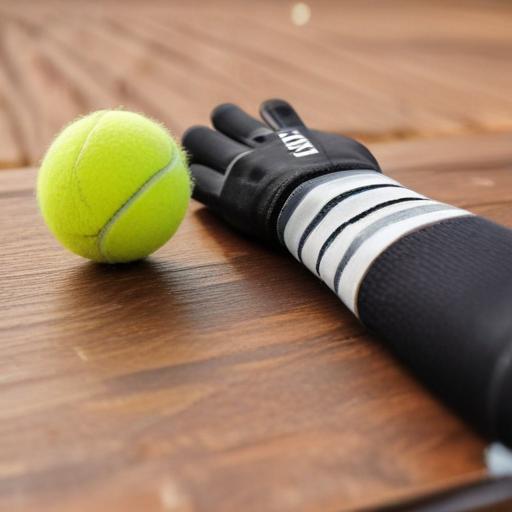Jannik Sinner has kept a compression sleeve on his right arm since first trying it at Wimbledon, and he wore it again at Cincinnati — not as a fashion statement but because it makes him feel better, the world No. 1 said after a rapid win over Daniel Galán. “I don’t wear it for fashion, it simply makes me feel better,” Sinner said in his press conference. “I feel comfortable. The heat? With the black one I suffered; this white one doesn’t bother me.”
What began as a tiny adjustment before the Wimbledon quarterfinals has become visible across the tour. Besides Sinner, players such as Lorenzo Musetti — who used a sleeve throughout the clay-court season — and Benjamin Bonzi have been seen wearing similar supports. The trend echoes basketball, where arm sleeves are common and often imitated at amateur courts.
Behind the comfort: how the sleeve helps
Matteo Tinelli, a sports therapist with experience working alongside high-level players, explains the sleeve’s practical benefits. Every racket impact sends micro-vibrations through the arm; repeated exposure can fatigue muscles and strain tendons. A compressive sleeve acts like a second skin, dampening those vibrations and reducing mechanical stress on elbow, forearm and shoulder. That reduction in wasted vibration can also make strokes more efficient, by preserving more of the racket’s force in the intended movement.
Tinelli also highlights other advantages: compression supports lymphatic drainage and reduces swelling and edema after intense effort or minor muscle trauma, which helps recovery and can lower pain and stiffness. The sleeve works well alongside functional tapes used to stabilize joints; at Wimbledon Sinner combined the sleeve with elbow tape to increase overall support. Similar elastic-compression strategies have been used on other body parts by top players — Novak Djokovic used a compressive bandage after meniscus surgery at Wimbledon 2024, and Carlos Alcaraz wore a compression sleeve on his leg during the Italian Open after a thigh issue.
Superstition or sensible prevention?
Some have framed Sinner’s sleeve as a bit of superstition — he first wore it in practice before a key match and then went on to win the Wimbledon title. While players sometimes cling to routines for confidence, the sleeve’s effects are grounded in physiology: vibration dampening, compression-assisted drainage, and improved proprioceptive feedback can all reduce the risk of overload and assist recovery.
Why small details matter
Sinner’s careful attention to minor details underlines a broader truth in elite sport: marginal gains add up. Equipment choices, recovery strategies and small supports can meaningfully influence performance and longevity when combined with training, medical oversight and load management.
Summary
Jannik Sinner continues to wear a compression sleeve on his right arm after introducing it at Wimbledon; he says it improves comfort and, unlike the black sleeve, a white sleeve is not bothersome in the heat. Experts say sleeves reduce micro-vibrations, lessen mechanical stress on tendons and muscles, aid lymphatic drainage and work well with stabilizing tapes. The sleeve has been adopted by other players and reflects a wider trend of small, evidence-based measures to protect players and improve efficiency.
Additional comments and practical notes
– Compression sleeves can provide measurable benefits, but they are not a substitute for proper rehabilitation, strength training or medical treatment when injuries occur.
– Fit and compression level matter: an improperly sized sleeve can be ineffective or impair circulation; players should consult a sports therapist or physiotherapist for guidance.
– Teams and coaches should view sleeves as one tool among many in load management strategies that include monitoring, periodization and on-court technique adjustments.
– The growing use of sleeves highlights the sport’s increasing reliance on small, science-backed interventions to support performance and prolong careers — a hopeful sign for player welfare and longevity.
